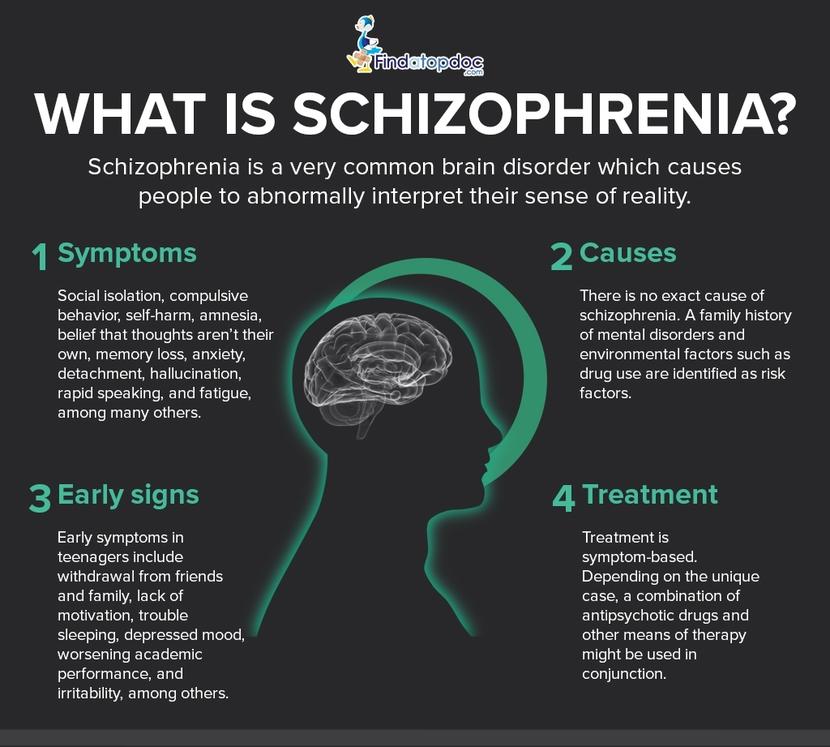
/dissociation-anxiety-4692760-01-ea7b0ed11b4f4a18b6e5992cede41928.jpg)
įor this review, research papers were retrieved from the following databases and search engines: the Centre for Independent Studies (CIS), ProQuest, PubMed, ScienceDirect, Scopus, and Springer Link. As a result, a pattern of trauma is often established in family and community groups which can be viewed through the current statistics that evidence Australian indigenous children end up in out-of-home care at a greater rate than non-indigenous children and disproportionately high rates of fatal self-harm. Once primary trauma occurs, the intergenerational effect is amplified by the risks associated with increased vulnerability to secondary trauma identified above. In Australia, this is evidenced by the health disparities currently present. This conceptual theory is based on the premise that where a particular population has been historically subjected to long periods of mass trauma (such as colonialism, genocide, slavery, and abuse) then higher incidents of poor health outcomes remain present for many generations to follow. To understand the impact of trauma, the issues raised above may be viewed through Historical Trauma theory. This group represents disorders relating to stress, anxiety, depression, alcohol and drug use, and the autism spectrum. Of these diseases, the group of mental health disorders has one of the highest disparity ratio. The health and welfare outcomes are significantly disproportionate as indigenous Australians experience disease at a far higher rate than non-indigenous Australians. Data for this chart were derived from Australian government report: Overcoming indigenous disadvantage 2016.

For indigenous Australians, the comparative distress levels are not only higher for all the four reported time periods but also show a trend of increasing levels of disparity for each consecutive period. Incidence of higher levels of distress among indigenous Australians compared to non-indigenous population. Consideration may then be given to development of best therapeutic practices to promote healing and recovery from the damage caused to brain development by adverse experiences. Social neuroscience perspectives on childhood trauma unite the concept that the brain responds to stress and abuse, as social behaviors stem from brain development. The use of social neuroscience in exploring the incidence of amnesia caused by emotional and psychological trauma among indigenous Australians will provide broader consideration of the causal attributes of more prevalent levels of suffering among indigenous Australians as compared to non-indigenous Australians. This article will contemplate memory disorders by considering memory disturbances, relationships to functionality and frequency, before turning to aspects of therapeutic interventions and culturally safe approaches. Consideration has therefore been given to the group of mood and neurotic disorders within which psychogenic amnesia lies in particular arising from stress levels. Psychogenic amnesia as a specific mental disorder has not been recorded in the data history of indigenous and non-indigenous hospitalizations. The material was informed by a review of epidemiological literature on psycho-social trauma present in indigenous Australians with consideration given to international literature to determine the elements of collective and mass trauma studies which correlate to indigenous communities in Australia. This article analyses themes underlying the causes of childhood trauma, considers the impact leading to amnesia, available diagnosis and mitigation.

The objective of this social neuroscience research is to understand the epidemiology of amnesia and related neurophysiological systems that underpin the traumatic social background of indigenous Australians, and is intended to further understanding.

This chapter is essentially a study in the application of social neuroscience in the psycho-social trauma frequently associated with childhood. While much research has been undertaken on the neural mechanisms and effect of trauma-induced amnesia, it is suggested that much less attention has been applied to the more covert and pervasive types of trauma and long-term effects of psychogenic amnesia among indigenous Australians.


 0 kommentar(er)
0 kommentar(er)
